Interdisciplinary dental treatments are becoming the new normal for many dental practices. Due to the teamwork and collaboration between different specialties, patients wanting more attractive teeth can experience better quality care due to their dental team’s cooperation and effort. So, how does multidisciplinary dentistry work, and how does it apply to cosmetic dentistry? We’ll look at how it’s evolved over the years and benefits your dental care.
How Did Multidisciplined Dentistry Start?
Over the last 25 years, the focus of dentistry has gradually changed. Most dentists started with the goal of repairing teeth, removing dental cavities, and filling in the defects with amalgam to treat the teeth. However, with the introduction of sealants and fluorides and a better understanding of how bacteria cause cavities and disease, dentists began shifting from repair to aesthetics.
Because people started becoming more aware of how their teeth looked, this presented a huge challenge among dentists who only focused on repairs. While patients’ health remained a number one priority, more dentists had to look into several different disciplines of dentistry to create dental plans for their patients. This includes looking at orthodontists, periodontists, and even oral surgeons to learn about advancements in recent years and face challenges with treatments. One of those fields was aesthetics.
How Cosmetic Dentistry Integrates A Multidisciplinary Approach to Aesthetics
In cosmetic dentistry, the treatment process starts with aesthetics and then focuses on the function and structure of the teeth. This includes looking at various aspects of how the facial features complement each other through dentofacial measuring. This includes measuring areas such as:
- Lip Position: The lips are often an indicator of where changes need to be made to the mouth, as where the lips rest in a neutral and smiling position can indicate internal structures that need contouring and reforming to correct.
- Chin Exposure: In some cases, patients with recessive chins may experience a less defined tooth structure from malocclusion.
- Cheekbone Structure: The cheekbones help frame the mouth and teeth when smiling and frowning, assisting in the lip assessment for cosmetic treatment.
- Teeth Appearance: The teeth’s appearance, one of the most crucial parts of cosmetic dentistry, helps determine the type of dental treatment needed, such as teeth whitening and veneers.
- Gumline Placement: In other cases, the gums can greatly interfere with the appearance of the teeth through problems such as gummy smiles. Underlying bone structures and extensive conditions such as gum disease can also impact it.
All of these factors must be considered by cosmetic dentists, and each of the outlined parts is often areas where orthodontists, periodontists, and even oral surgeons can assist when attempting to improve the aesthetics of the patient’s teeth. Multidisciplinary dentistry can assist with the roles of cosmetic dentistry by providing better insight into the patient’s smile design plan and helping promote healthy, aesthetically pleasing smiles at the end of their treatment.
Contact your local cosmetic dentist for more information about cosmetic dentistry and its related fields of care to learn more about their treatment options and smile design plans.




